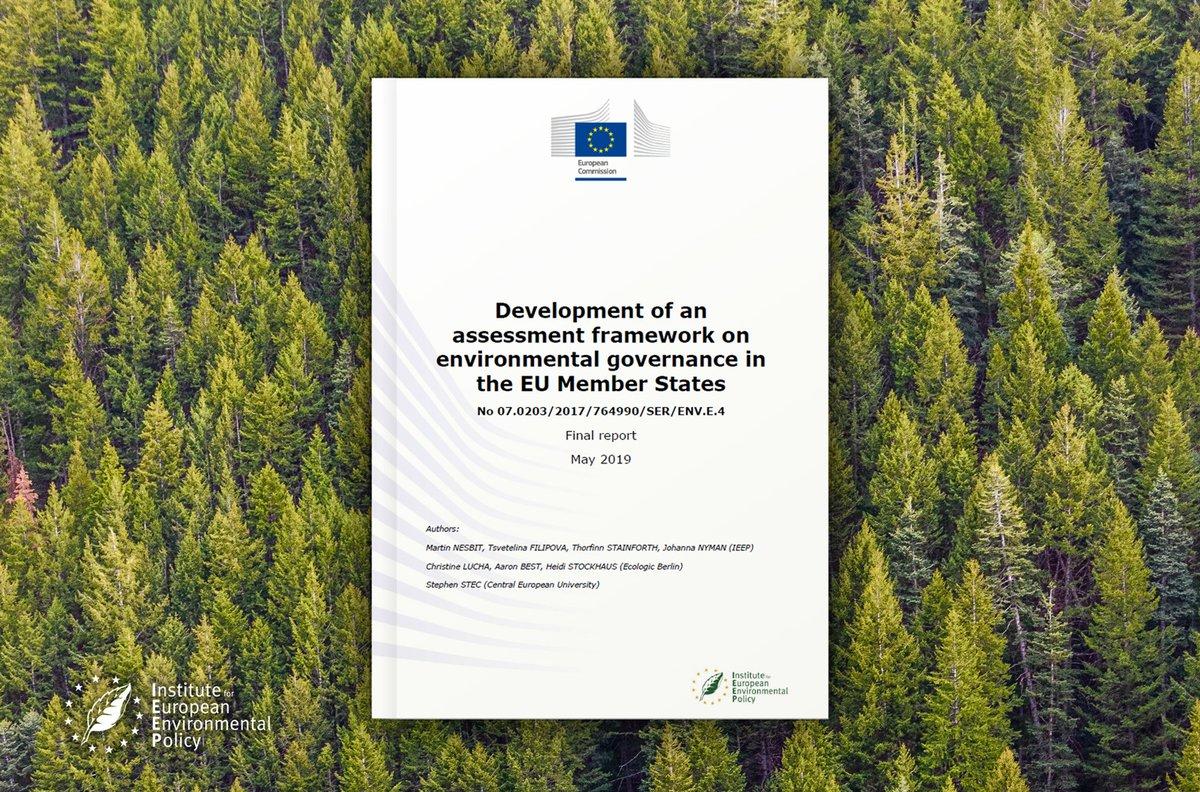AUTHORS: Martin Nesbit – Tsvetelina Filipova – Thorfinn Stainforth – Johanna Nyman – Christine Lucha – Aaron Best – Heidi Stockhaus – Stephen Stec
Environmental governance in the EU Member States is an essential enabler for achieving environmental objectives and for ensuring that the obligations in EU environmental legislation are translated into tangible results on the ground. Until now, this aspect has not had sufficient attention in the discussions on implementation.
IEEP’s new report, the assessment framework described in it, and the accompanying Environmental Governance Assessments for each Member State, are a first step in ensuring a consistent approach to the assessment of environmental governance at country level.
Working for the Environment DG at the European Commission, the research team gathered a substantial body of comparable information, which provides a robust starting point for understanding the strengths and challenges in environmental governance in the Member States, individually and collectively. The evidence gathered was used by the Commission in the second round of the Environmental Implementation Review, published in April 2019.
Dimensions
Five dimensions were identified as the basis for the assessment of environmental governance:
- transparency
- public participation
- access to justice
- compliance assurance
- efficiency and effectiveness
Within these five dimensions, 21 specific themes were selected, together with a cross-cutting contextual theme examining the general governance and organisational structures.
Recommendations
Among the recommendations in the final report is a clear message that paying more attention to enabling public participation, and welcoming its contribution, would help Member States improve performance on delivering environmental objectives.
The report is available via the Publications Office of the European Union here or the download link below.

